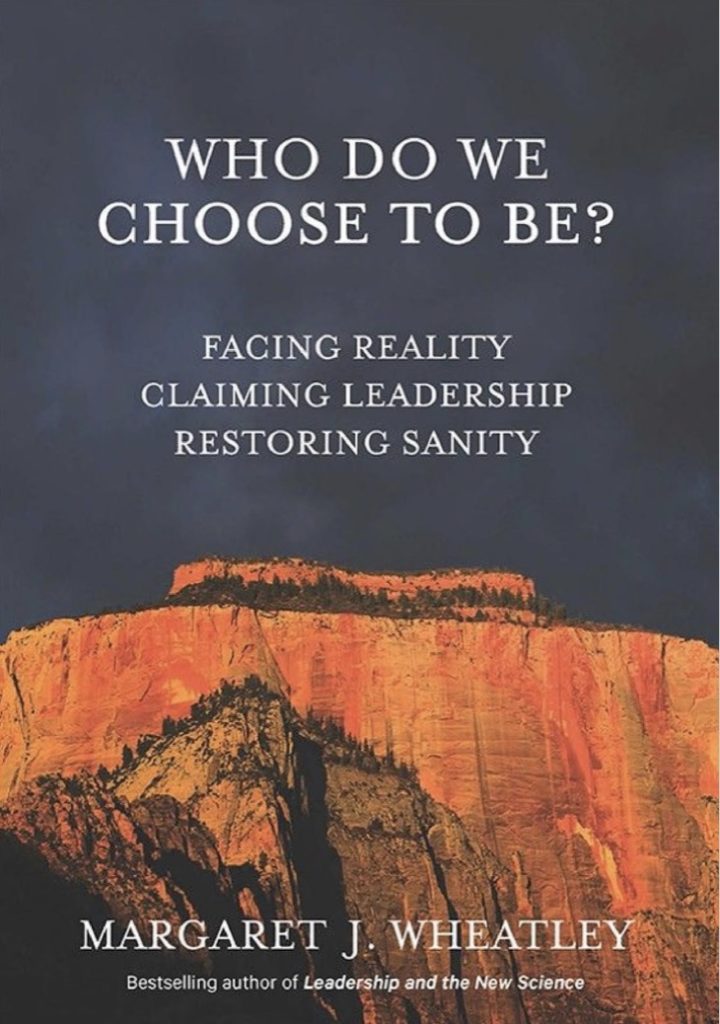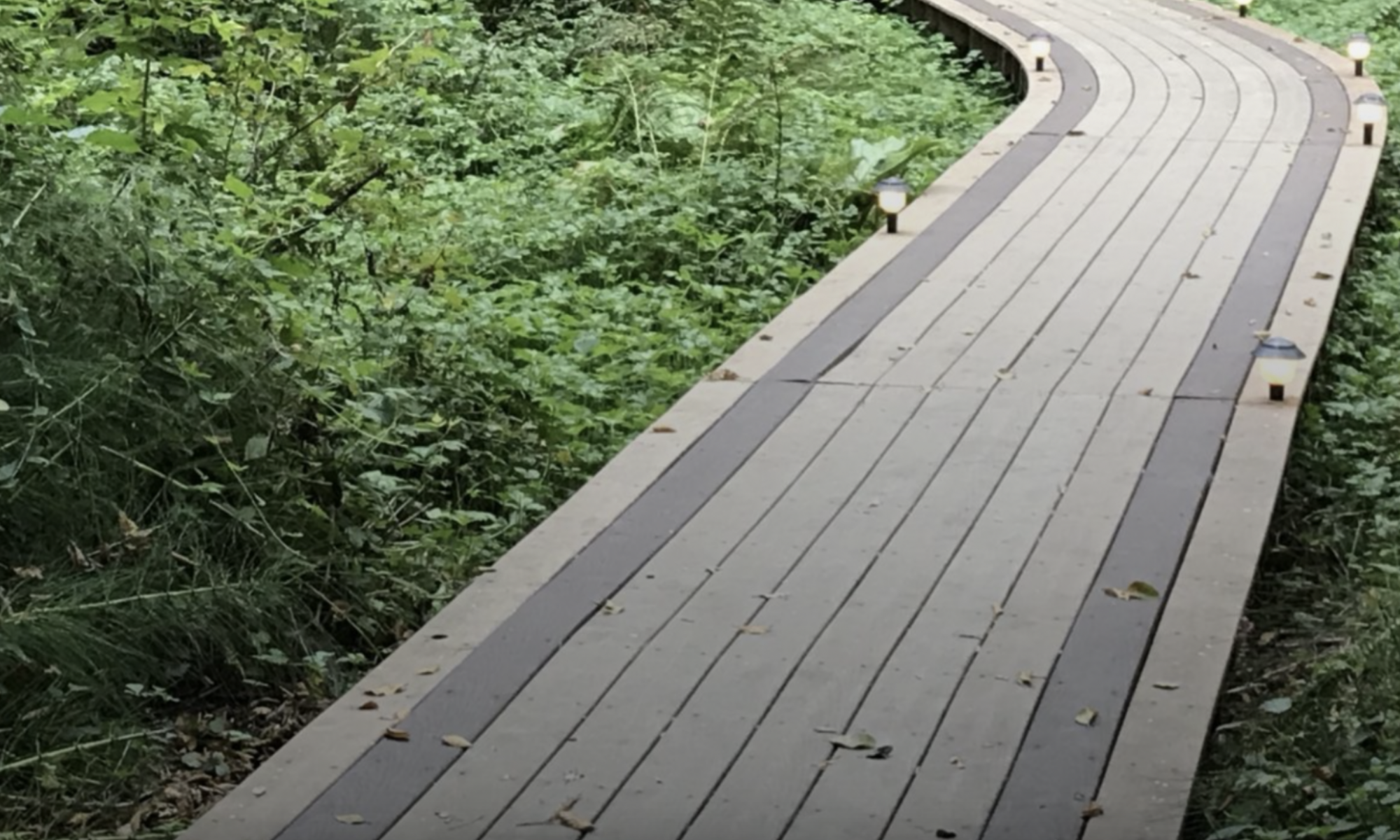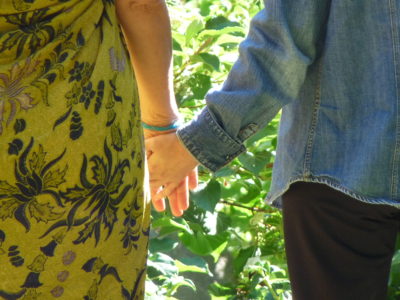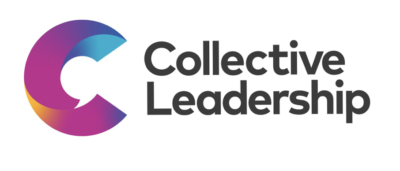
Well, it’s been quite a week in the United States. Primarily I’m talking about demonstrations and riots in support of equity and justice. George Floyd, a black man, was killed a week ago in Minneapolis by a police officer, a white man. That white man faces murder charges in criminal court today. The demonstrations and riots included peaceful gatherings. They included statements. They included grief and suffering. They included invitation to stand together. Some of the demonstrations included violence and wanton acts of destruction.
There is pain in this country. The largely un-faced part of that pain is the beginnings rooted in slavery and colonization. Many people are living remarkable lives in a remarkable system of economic growth and production. However many are not, also. And many are not safe, seen, nor treated with dignity. And, arguably, the unsustainableness of a production system that is not in harmony with nature itself, is boiling over the edges of the pot.
There is pain in this country. It’s a pain that pushes even CoVid to the background.
I’ve written previously about Meg Wheatley’s book, Who Do We Choose To Be, published in 2017. Meg has always had a gift at discerning an important question and then anchoring it in impactful principles.
Her book feels grounding to me, in these times. One for it’s fundamental centering in such a question. Who do we choose to be, when the pot is boiling over? Who do we choose to be when we are angry and mob mentality is spreading faster than CoVid? Who do we we choose to be when the white-washed mythology of the country causes pain, suffering, disease, and death?
I would suggest we human beings are at a very important turning point in our time as a species. As Meg names in her subtitles of the same book, it is time for us to face reality in much more deliberate ways. It is time to take a knee — such an impressive solidarity gesture — to offer ourselves to the great unknown of where we go from here, knowing that it isn’t back to where we came from.
I don’t know where we go from here. I do know it is powerful to get to the more reaching questions, even if they are painful and require many of us to face deep-dungeon-fears in our individual and collective psyches about who and how we are.
There is pain in this country. It is our willingness to turn toward each other, and our willingness to grow more matured and integrated psyches, that might just pull us through into the new.
There is pain in this country. I’m glad for the gestures of human goodness from average citizens that start with saying hello to the person next to us, then grabbing a broom to begin sweeping, while perhaps reflecting thoughtfully and quietly, sweeping our interiors to find the courage to go to the unknown together, in who we choose to be.






